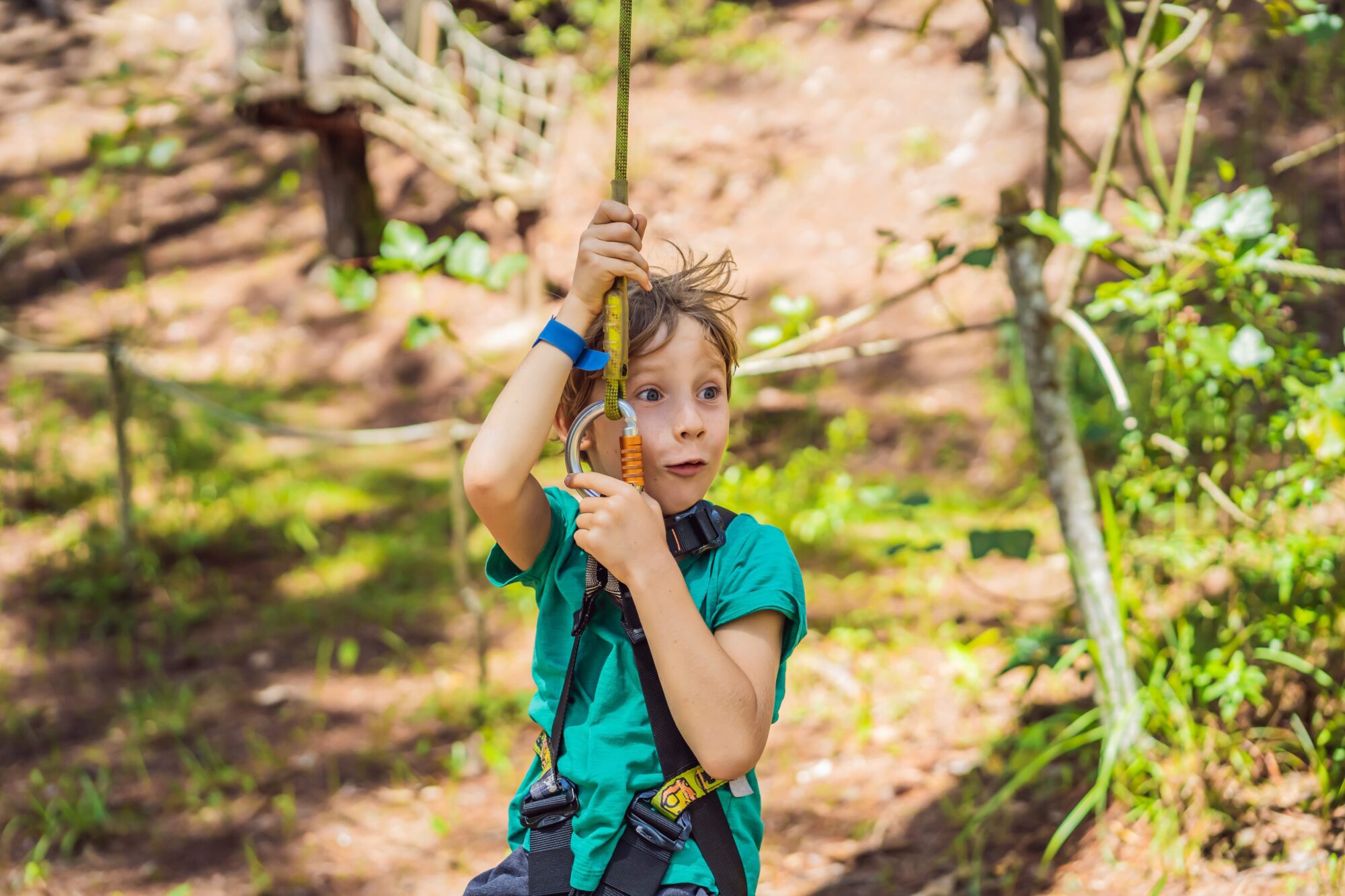Ever wondered what it takes to capture that perfect, untamed moment in the wild, the kind that fills your heart with awe and your Instagram with likes? It’s not just about having a good camera or an eye for beauty. Venturing into the unknown, away from the safe confines of a studio, requires a blend of courage, preparation, and a deep respect for Mother Nature. But here’s a surprising fact – most accidents during remote photoshoots can be prevented with the right knowledge and precautions.
Imagine standing on a rugged cliff, the golden hour casting perfect light on your subject, the majestic scenery unfolding in the background. It feels like capturing a piece of eternity. However, the serene beauty of nature often masks its unpredictability. From sudden weather changes to unknown terrains, the great outdoors is a realm of beauty and challenges.
Preparing for a wild photoshoot isn’t just about packing extra batteries and memory cards. It’s about understanding the environment you’re stepping into, respecting its rules, and being prepared for its surprises. Whether it’s a dense, mysterious forest, a serene beach, or the rugged mountains, each setting requires unique preparations and precautions. This piece aims to guide photographers on how to safely navigate the wild for those breathtaking shots, ensuring that the only thing left behind are footprints and the only thing taken are photographs.
Embarking on a journey into the wilderness for a photoshoot is akin to stepping into an untold story, one where every turn can reveal a new surprise. The key to navigating this narrative safely lies in meticulous planning and preparation. Start with a thorough research of the location. Understanding the weather patterns, knowing the local wildlife, and identifying potential hazards can dramatically reduce risks. It’s also wise to share your itinerary with someone who isn’t part of the expedition. This ensures that should anything go awry, there’s someone who knows your last known whereabouts.
But what about the gear? Surely, the right equipment plays a pivotal role. Opting for weather-resistant camera gear is a no-brainer, but let’s not overlook the importance of personal safety equipment. Depending on the terrain, this could range from sturdy hiking boots to specialized climbing gear. Moreover, packing a first-aid kit, emergency food supplies, and a reliable method of communication can make all the difference in critical situations.
Yet, even with all the right gear and preparation, one must stay vigilant. Nature’s mood can change in the blink of an eye, transforming a serene landscape into a challenging ordeal. Learning to read the signs, whether it’s an incoming storm or a change in wildlife behavior, can provide crucial minutes to seek safety. This constant awareness, combined with a respect for nature’s boundaries, ensures that the quest for the perfect shot doesn’t compromise safety.
At the heart of every wild outdoor photoshoot lies an unspoken truth: the allure of the untamed is both its beauty and its peril. Embracing this duality means not only preparing for the expected but also for the unexpected. One of the most overlooked aspects of preparation is the mental readiness to adapt. Flexibility can be the photographer’s greatest asset. When a planned location becomes inaccessible or the weather turns, having a Plan B (and even a Plan C) can save the day. This adaptability ensures that creativity flourishes even when conditions are less than ideal.
Moreover, the significance of leaving no trace cannot be overstated. Respecting the environment by minimizing impact not only preserves it for future visitors but is also a testament to the photographer’s integrity. Simple practices such as carrying out all trash, avoiding sensitive vegetation, and not disturbing wildlife, contribute significantly to conservation efforts. This ethos of respect and responsibility towards nature should be at the core of every outdoor photoshoot.
In conclusion, the journey to capturing the wild’s untamed beauty is fraught with challenges, but with the right preparation, awareness, and respect for nature, it can be an incredibly rewarding experience. Isn’t it time to ask, ‘Am I ready to embrace the wild, not just with my camera, but with a mindset geared towards safety and conservation?’
